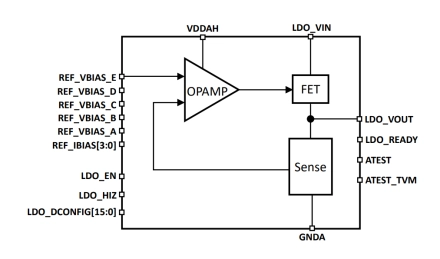Power Management IP
Power management IPs are indispensable in modern chip design, especially for battery applications where power is constrained and for high-power applications where thermal efficiency is vital. Power management IPs are specialized blocks or circuits that help to control the power consumption, voltage levels and energy efficiency of a system.
Power Management IP, such as Low Drop-Out (LDO) Regulators, Power-On-Reset (POR) Monitors, and the Power Management Unit (PMU) Subsystem, ensure low power consumption with optimal performance.
All offers in
Power Management IP
Filter
Compare
919
Power Management IP
from
51
vendors
(1
-
10)
-
Power-OK Monitor
- The agilePOK is a Power OK monitor that consists of a voltage reference and comparators to set a programmable high and low threshold level for power supply integrity detection.
- The number of trigger outputs can be customized and each threshold can be adjusted during operation to support DVFS operation.
- This monitor can be used to detect loss of power or attacks to the power supply.
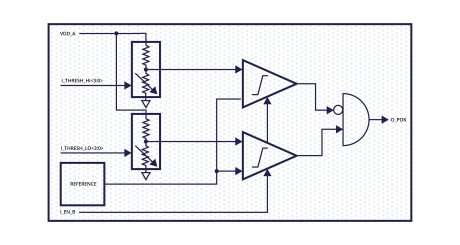
-
Retention Alternative Regulator, combines a linear regulator and an ultra-low quiescent regulator for sleep mode
- Ideal regulator for power and voltage islets
- Secured integration in the SoC Embedded RCU (Regulator Control Unit) to manage booting and mode transitions and to ensure data integrity
- Configurable output drive before delivery to fit the application
- Performances in sleep mode: qLR with low quiescent current: 0.2 uA
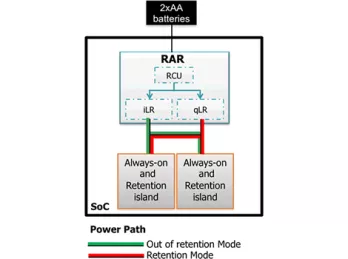
-
Linear Regulator, ultra low quiescent current for retention mode TSMC 40uLPeF
- qLR-Aubrey-ref-1.62-3.63-0.55-2.5.02_TSMC_40_uLPeF is an ultra-low quiescent LDO (Linear regulator) in TSMC 40uLPeF.
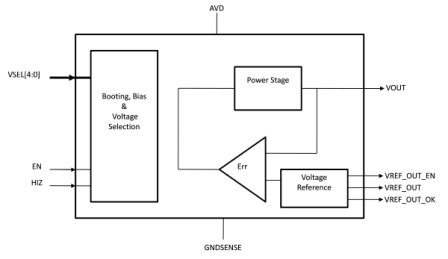
-
Linear Regulator, ultra low quiescent current for retention mode
- Very low quiescent and leakage for Low-Power
- Retention capability enables optimization of the power consumption depending on the modes and needs of the SoC
- Can supply always-on very low loads
- Low Bill-of-Material: supports external capacitor if required by the system
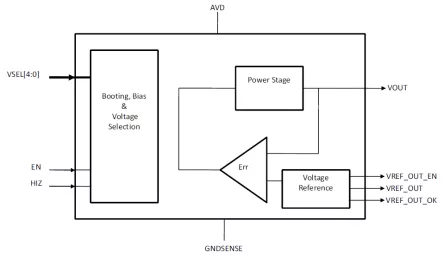
-
Combined Power-On-Reset and Brown-Out-Reset in TSMC 22ULL
- Can be used to monitor 3.3V battery or voltage regulator output
- Monitored input voltage programmable from 0.55V to 3.3V
- Dual POR and BOR functions
- Low power mode for best consumption in sleep mode
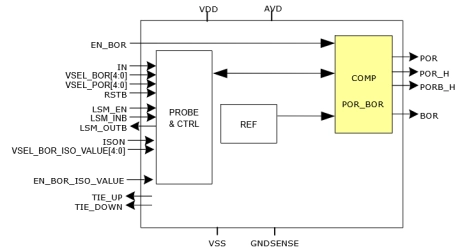
-
Low input voltage high performance LDO regulator in TSMC 22ULL
- LDO-T22-1-1.8-0.6-1.05_TSMC_22_ULL is a Low input voltage, high performance LDO linear regulator in TSMC 22ULL with programmable output voltage to supply core logic domains, SRAM arrays or RF/analog domains.
- It features normal and low-power (LP) operating modes to adjust the amount of output current depending on the application requirements.
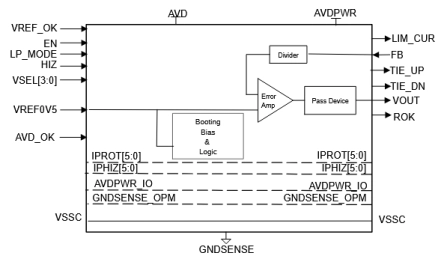
-
Nano power DC-DC converter with ultra-low quiescent current and high efficiency at light load in TSMC 40uLPeF
- DCDC-ULP-LS-1.62-3.63-0.6-2.5.01_TSMC_40_ULPeF is a Nano power DC-DC converter in TSMC 40uLPeF with ultra-low quiescent current and high efficiency at light load, supporting 1.62 V to 3.63 V input voltage.
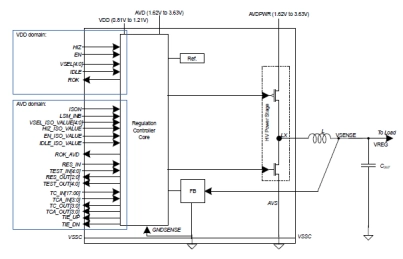
-
DC/DC buck converter in TSMC 40ULP with low quiescent current and high efficiency at light load
- Low quiescent current suitable for standby modes
- High efficiency at light load extending battery lifetime
- Low ripple level compatible with noise sensitive loads
- Low BoM cost: 1 µH inductor
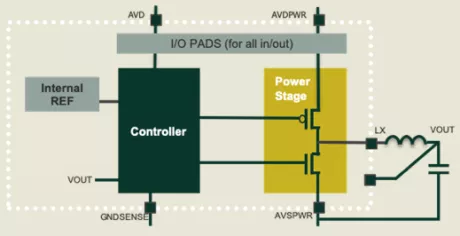
-
Audio-Grade DC/DC Buck Converter in GF 22FDX
- DCDC-ADG-1.62-5.5-0.5-3.3-A01-G22FDX+_GF_22_FDX+ is an Audio Grade DC/DC Buck Converter in GF 22FDX+ aimed at supplying battery-powered audio IPs.
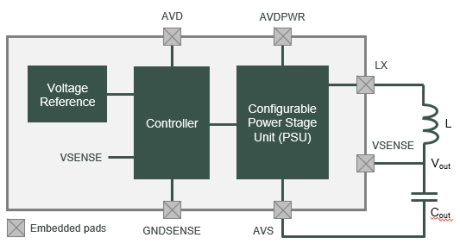
-
Low Dropout (LDO) Capless Regulator on TSMC 7nm FFC
- The ODT-LDO-IC-60M-7T-112 is a low dropout (LDO), linear regulator for integration in a SoC.
- The LDO uses advanced control techniques to achieve excellent transient response, excellent PSRR performance and low noise.
- The LDO has an integrated pass transistor and is stable with an on-chip capacitor of up to 250pF
